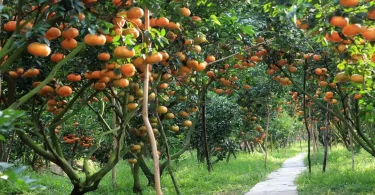Gardening in winter may seem challenging, especially if you have a small garden, but it’s actually the perfect season to refresh your soil and prepare for a productive spring. One of the most effective ways to care for your winter garden, no matter the size is crop rotation. This simple practice helps maintain soil health, prevent pest buildup, reduce diseases, and improve nutrient balance over time.
For gardeners with limited space, winter crop rotation becomes even more valuable. When you rotate wisely, every inch of soil works harder for you, producing better harvests and healthier plants throughout the year. This guide will walk you through smart winter crop rotation ideas for small gardens, why rotation matters, and how to organize your garden beds effectively.

Why Winter Crop Rotation Matters in Small Gardens
When gardening in tight spaces, the risk of soil problems increases because:
- The same soil gets used repeatedly.
- Pests easily find their host plants again.
- Nutrient depletion happens faster.
Winter crop rotation helps solve these issues. Here’s how:
1. Prevents Soil-Borne Diseases
Crops like tomatoes, potatoes, and cabbage often leave disease spores in the soil. Rotating plant families prevents the same disease-prone plants from returning to that soil too soon.
2. Reduces Pest Populations
Pests overwinter in soil waiting for their host plants. When those plants aren’t there in spring, pests starve or die off.
3. Improves Soil Fertility Naturally
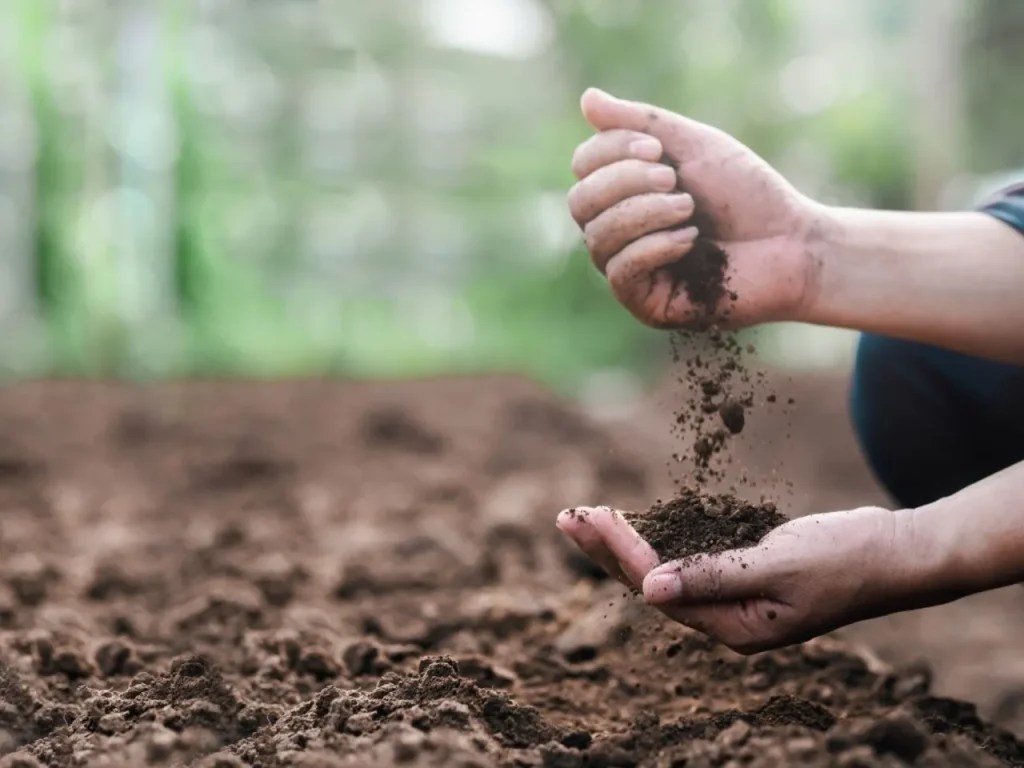
Winter is a great time to rebuild soil nutrients through:
- Legumes (which fix nitrogen)
- Cover crops
- Leafy greens that are low feeders
4. Balances Nutrient Use
Each plant family absorbs nutrients differently. Rotating them prevents nutrient deficiencies and keeps soil structure healthy.
Plant Families You Should Know for Winter Crop Rotation
Crop rotation is done by plant families, not individual crops. Here are the major families commonly used in winter gardening:
Brassicas
- Cabbage
- Kale
- Cauliflower
- Broccoli
- Brussels sprouts
- Mustard greens
Winter-friendly and heavy feeders.
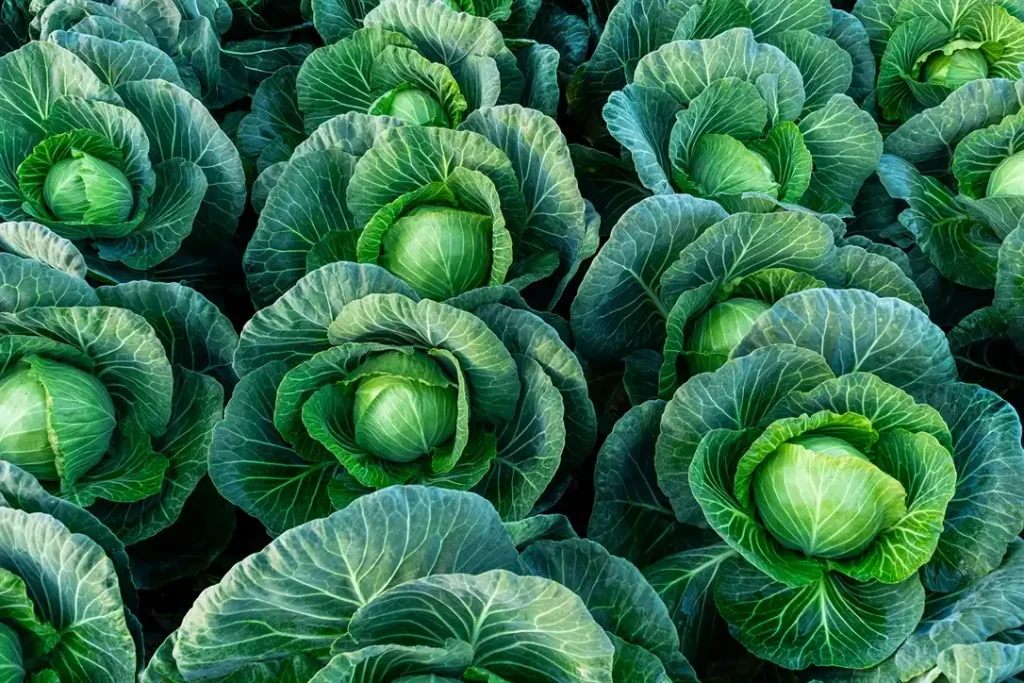
Legumes
- Peas
- Broad beans
Nitrogen-fixing, great for restoring soil.
Alliums
- Onions
- Garlic
- Leeks
Slow winter growers, light feeders.
Root Crops
- Carrots
- Turnips
- Radishes
- Beets
Grow well in cool weather.

Leafy Greens
- Spinach
- Lettuce
- Swiss chard
Low feeders and ideal for winter beds.
Cover Crops
- Hairy vetch
Excellent for nutrient building and weed control. - Winter rye
- Clover
Simple 3-Bed Winter Crop Rotation Plan for Small Gardens
Even if you only have three small beds, you can run an effective rotation plan. Here’s a simple model:
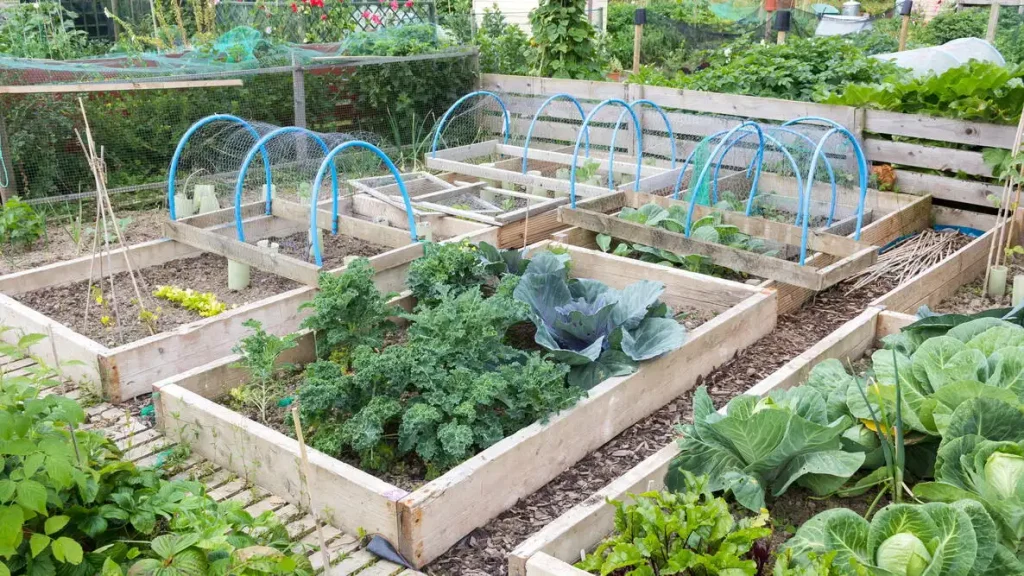
Bed 1 – Winter Brassicas
Examples:
- Kale
- Broccoli
- Cauliflower
- Cabbage
Brassicas need nitrogen-rich soil and grow well through winter.
Next season: Plant legumes to rebuild nitrogen for future brassicas.
Bed 2 – Winter Legumes
Examples:
- Peas
- Broad beans
These add nitrogen to the soil while giving you sweet winter harvests.
Next season: Follow with leafy greens or fruiting crops (tomatoes, peppers).
Bed 3 – Root Crops + Leafy Greens
Examples:
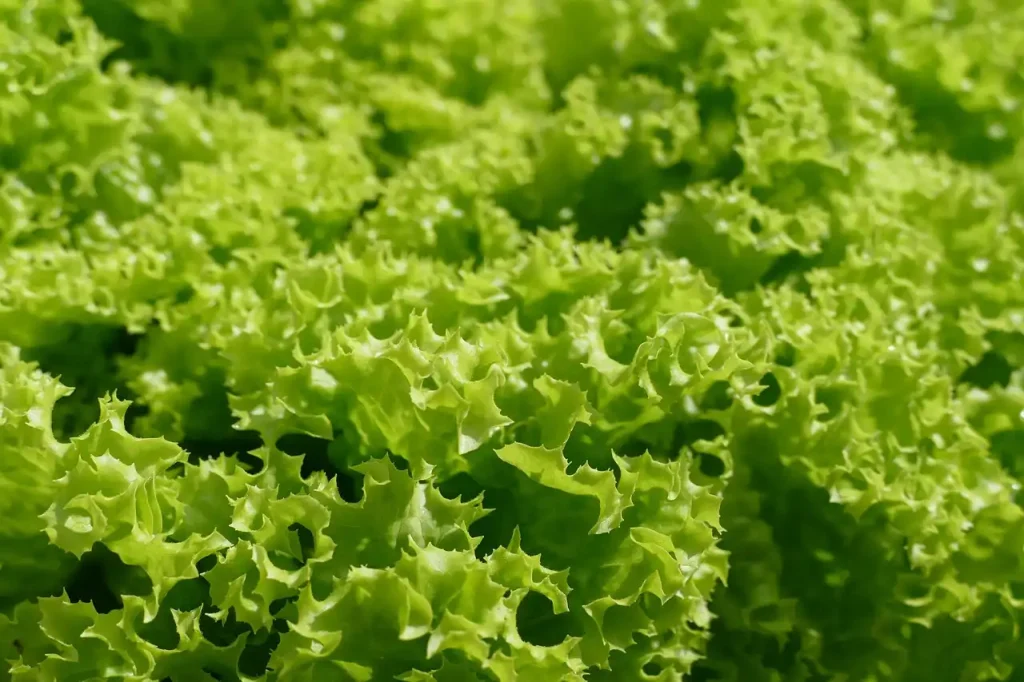
- Carrots
- Turnips
- Radishes
- Spinach
- Lettuce
These are light feeders and grow well in cooler temperatures.
Next season: Follow with brassicas because roots do not drain nitrogen heavily.
Winter Crop Rotation for Extremely Small Spaces
Even if you have only one raised bed, balcony pots, or container garden, rotation still works.
Winter Container Rotation Ideas
- Year 1: Garlic → Year 2: Lettuce → Year 3: Peas
- Year 1: Spinach → Year 2: Carrots → Year 3: Kale
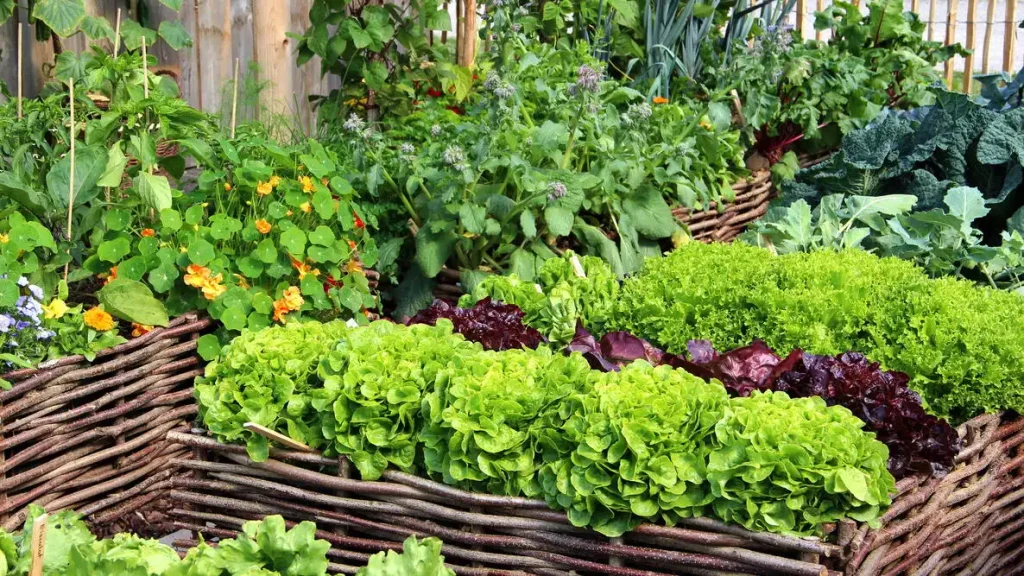
For Two Very Small Beds
- Bed 1: Brassicas
- Bed 2: Leafy greens + root crops
Next winter: swap the beds.
Rotation doesn’t need a lot of space, just movement.
Winter Gardening Tips to Boost Rotation Success
- Add compost before each planting cycle.
- Mulch heavily to protect the soil from frost.
- Choose cold-hardy varieties for winter.
- Use cloches or mini hoop tunnels to extend growing time.
- Keep a garden journal to track what was planted where.
Small gardens thrive when you plan thoughtfully—and winter crop rotation is one of the simplest ways to keep your garden resilient and productive all year
Winter Crop Rotation Troubleshooting Table
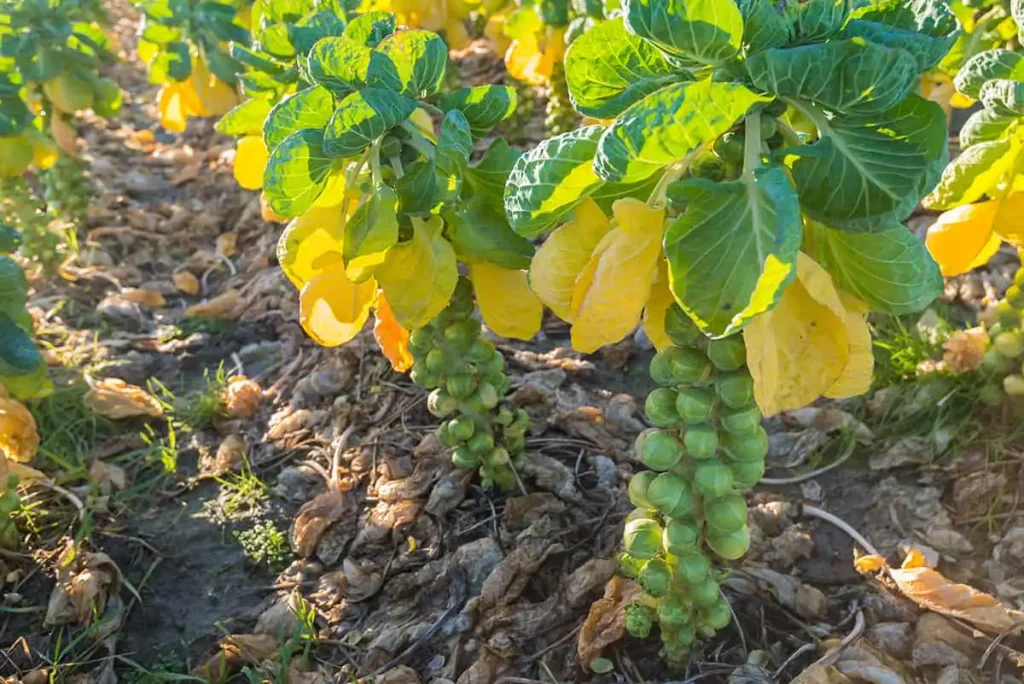
| Problem | Possible Cause | Solution |
|---|---|---|
| Brassicas turning yellow | Nitrogen deficiency | Grow peas/beans before brassicas; add compost |
| Peas not growing well | Poor drainage or low temps | Use raised beds; mulch lightly; choose winter peas |
| Carrots splitting | Excess nitrogen | Rotate after leafy greens instead of legumes |
| Leafy greens wilting | Frost damage | Use row covers or mini tunnels |
| Garlic growing slowly | Soil too compact | Rotate after root crops or add organic matter |
| Kale with holes | Cabbage worms | Rotate away from brassicas for at least 2 years |
| Soil staying soggy | Poor soil structure | Add compost; rotate with cover crops like rye |
| Low harvest in small beds | Growing same family too often | Follow a 3-year rotation cycle |
Conclusion
Winter crop rotation is one of the simplest yet most powerful techniques for keeping a small garden healthy and productive year-round. By shifting plant families, improving soil structure, and breaking pest and disease cycles, you create a sustainable growing system that becomes more fertile with every season. With the right planning and consistent care, your small winter garden can thrive and reward you with healthier soil and better harvests season after season.

